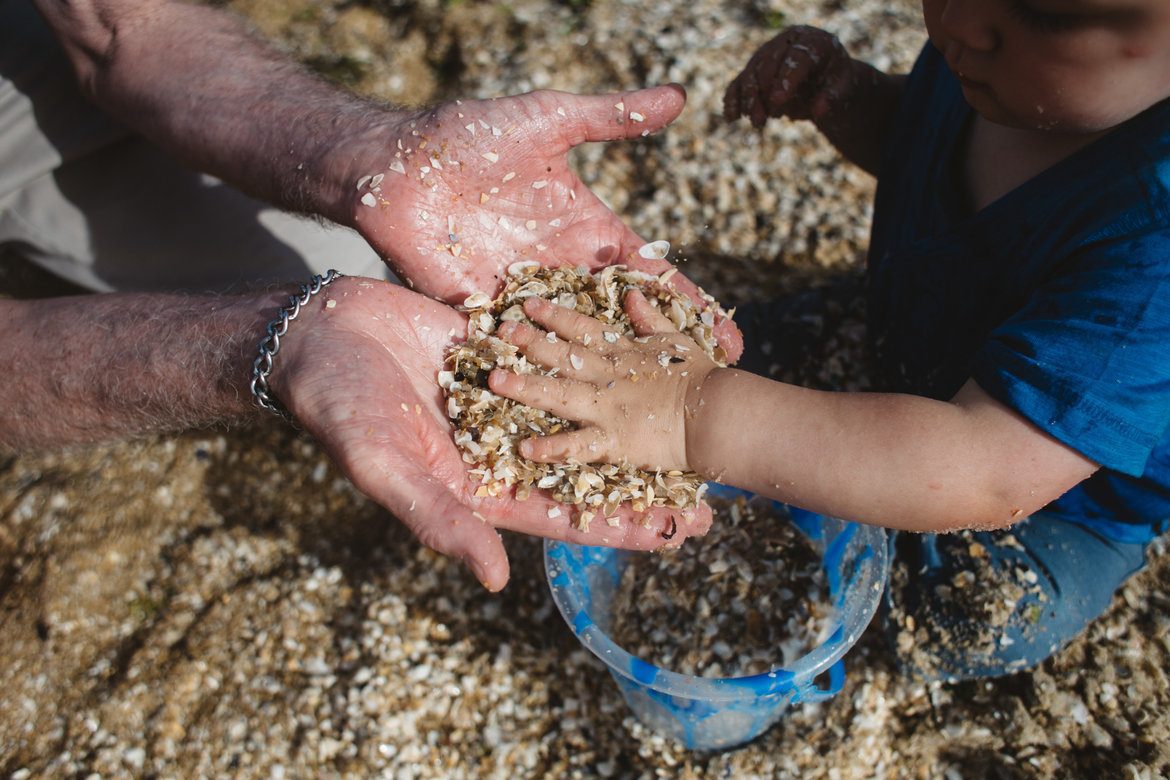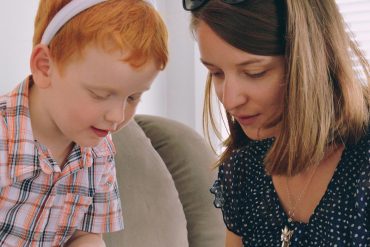By Elen Nathan
As an occupational therapist, more and more often I am seeing children initially for behavioural difficulties, learning challenges and social skill challenges where, after the initial consult, it becomes clear that the child is struggling with a sensory system which is over or under responding to typical everyday sensory experiences. Sensory sensitivities can range from difficulty tolerating tags in clothing or seams in socks, to covering the ears when dogs bark or in strong wind. It can be a refusal to play on swings or climb up a ladder on the fort, or refusal to try new foods and textures. As a parent it can be heart-breaking to watch your child cover their ears and scream in pain when their sibling cries, rather than pause to console them, or have your child refuse to eat a variety of foods because the food is too “slimy” or “bitsy”.
This can be kids being kids responding to new experiences, or, when it starts to interfere with everyday life on a regular basis, this can be because of an over-responsive or under-responsive sensory system.
Our sensory system is as amazing as it is complex. It is there to help us engage with the world in a safe and meaningful way. It helps us learn that chocolate is delicious and we may wish to seek out more of it, and that the sun feels too hot on our skin and we may want to seek shelter in the shade. It tells us we are loved and safe when we are hugged and it helps us catch ourselves when we trip over. But for some people, children and babies included, the sensory system can over- or under-respond to our world. Strong smells such as chocolate makes us gag, or we can’t feel the sun burning our skin, or even the loving touch of another person is painful.
In total we have eight sensory systems, in two groups – the external sensors and internal sensors. The five external senses we are most familiar with: touch, taste, smell, sight and hearing.
These senses are involved in taking external sensory information, such as the sounds we hear or the food we taste – the information outside of us – and processing it.
Our internal sensory systems are less known by many people, and involve the vestibular sense – the ability to sense movement and balance, the proprioceptive sense – our ability to process where our body is in space and how it is moving, and our interoceptive sense – our internal self, responsible for telling us when we are hungry, have the need to use the toilet, or a racing heart. Our nervous system processes all the information coming from all eight senses to allow us to respond to the input we receive.
There are three categories in which sensory modulation difficulties can present:
Over responsive – this is when we are extra sensitive to life and try to avoid sensory experiences by trying to block it out or stay away from it. Noticing tags in clothes, being very reactive to being dirty, doesn’t like being touched, worried about falling or taking feet off the ground, covering ears around loud sounds such as vacuum cleaners and hand dryers, a strong dislike for bright lights or strong smells that other people may not notice.
Under responsive – this is when we seem not to notice or respond to things. Ignores name being called, does not appear to notice pain, unaware of food on face or messy clothes, drops things often, or trips and falls often from not noticing things in their path. They can often also seem to have a lack of motivation or show little interest in initiating play.
Sensory seeking – this is the desire to have as much input as possible. Constantly on the go, moving, swinging, spinning, chewing, talking, big busy play, very often touching people and things.
What to do if your child is showing sensory sensitivities:
It’s important to know that there is no right or wrong sensory system, just different ways of reading and responding to the world around us. If your child is responding to a sensory experience negatively, return to the place where they are comfortable and slowly increase the sensory experience.
Unless they are very distressed and you are awaiting further professional support, you don’t want to avoid the situation altogether, as this can just make the problem bigger.
If your child is struggling to eat mashed potato, decrease the level of mash, make it as dry or firm as your child is comfortable with, and slowly increase the texture over time. It’s important to try to keep offering the food – just being around it, even if they are not eating it, is helping them get used to it. If they want to touch it but not eat it, this is progress to be celebrated! Allow them to explore it however they are comfortable, as they are building stronger neural pathways as they explore with all their sensors.
Provide your child with ways to explore texture through play. If your child is over responsive to bare feet at the beach, keep trying to introduce the texture through play. A small tub of sand at home to play with might be an easier way for them to explore sand in a calmer, safer environment and build up their tolerance to it.











